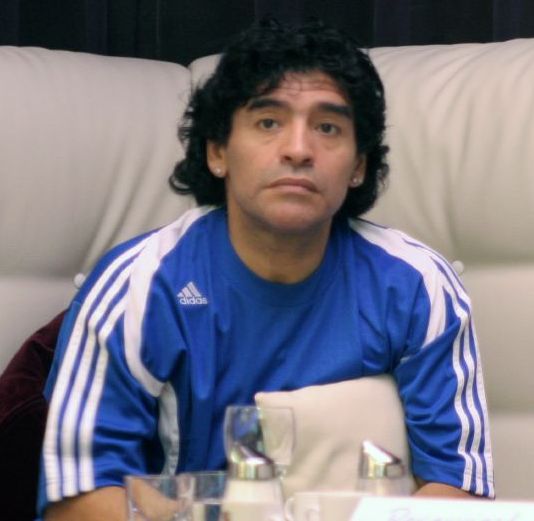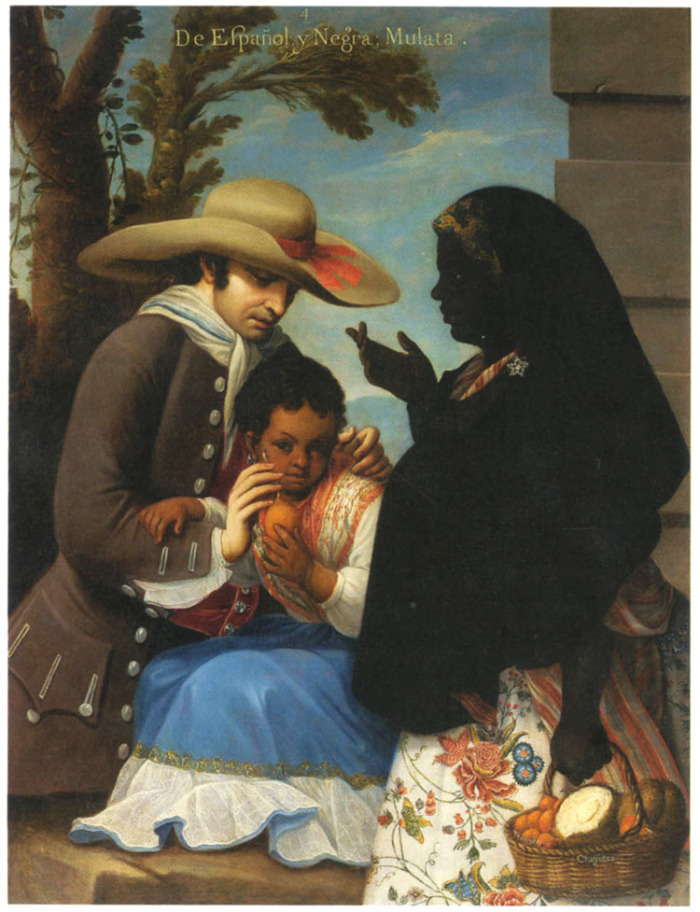|
Culture Of Costa Rica
Costa Rican culture has been heavily influenced by Spanish culture ever since the Spanish colonization of the Americas including the territory which today forms Costa Rica. Parts of the country have other strong cultural influences, including the Caribbean province of Limón and the Cordillera de Talamanca which are influenced by Jamaican immigrants and indigenous native people, respectively. Ethnic groups most Costa Ricans are of primarily Spanish or Spanish/Mixed ancestry with minorities of German, Italian, French, Dutch, British, Swedish and Greek ancestry. Whites, Castizo and Mestizo together comprise 83% of the population. European migrants in Costa Rica to get across the isthmus of Central America as well to reach the USA West Coast (California) in the late 19th century and until the 1910s (before the Panama Canal opened). Other European ethnic groups known to live in Costa Rica include Russians, Danes, Belgians, Portuguese, Croats, Poles, Turks, Armenians and Georg ... [...More Info...] [...Related Items...] OR: [Wikipedia] [Google] [Baidu] |
Castizos
''Castizo''Pronunciation in Latin American Spanish: (fem. ''Castiza'') was a racial category used in 18th-century Spanish America to refer to people who were three-quarters Spanish people, Spanish by descent and one-quarter Amerindians, Amerindian. The category of ''castizo'' was widely recognized by the 18th century in colonial Mexico and was a standard category portrayed in eighteenth-century casta paintings. History In the taxonomic chart accompanying a work on casta paintings, ''castizo'' is given as "uncertain origin". It appears in 1543 with the meaning "class, condition, social position" (''calidad, clase o condición''). The term ''castizo'' applied to the offspring of a union of a Spaniards, Spaniard and a ''mestizo, mestiza'' (offspring of a Spaniard and an indigenous woman); that is, someone who is of three-quarters Spanish and one-quarter Amerindian ancestry. During this era, various other terms (''mestizo'', ''cuarterón de indio'', etc.) were also used. Most sch ... [...More Info...] [...Related Items...] OR: [Wikipedia] [Google] [Baidu] |
Maleku People
The Maleku are an indigenous peoples of the Americas, indigenous people of Costa Rica located in the Guatuso Indigenous Reserve near the town of Guatuso (San Rafael de Guatuso). Historically they were also known as the Guatuso, the name used by Spanish settlers. Around 600 Indigenous peoples, aboriginal people live on the reserve, making this the smallest tribe in Costa Rica, but outsiders have come into the community as well. Before the Spanish colonization of the Americas, Spanish settlement, their territory extended as far west as Rincon de la Vieja, and included the volcano Arenal Volcano, Arenal to the south and Tenorio Volcano National Park, Rio Celeste as sacred sites. Today their reserve is concentrated south of San Rafael de Guatuso, an hour north of San Carlos (canton), La Fortuna. History The Maleku historically lived in the Frío River (Costa Rica), Río Frío watershed on a geographic span of 2,500 square miles. They remained undiscovered until 1750, with the arrival ... [...More Info...] [...Related Items...] OR: [Wikipedia] [Google] [Baidu] |
Chorotega People
Mangue, also known as Chorotega,Daniel G. Brinton. 1886. Notes on the Mangue; An Extinct Dialect Formerly Spoken in Nicaragua Proceedings of the American Philosophical Society , Vol. 23, No. 122 (Apr., 1886), pp. 238-257 is an extinct Oto-Manguean language ancestral to Nicaragua, Honduras and Costa Rica. Estimates of the ethnic population vary widely, from around 10,000 in 1981, to 210,000 according to Chorotega activists. Chorotega-speaking peoples included the Mangue and Monimbo. The dialects were known as: Mangue proper in western Nicaragua, which was further subdivided into Dirian and Nagrandan; Choluteca in the region of Honduras' Bay of Fonseca; and Orotiña in Costa Rica's Nicoya Peninsula. The Oto-Manguean languages are spoken mainly in Mexico and it is thought that the Mangue people moved south from Mexico together with the speakers of Subtiaba and Chiapanec well before the arrival of the Spaniards in the Americas. The timing of this migration is estimated to be betwee ... [...More Info...] [...Related Items...] OR: [Wikipedia] [Google] [Baidu] |
Matambú
Matambú is a district of the Hojancha canton, in the Guanacaste province of Costa Rica Costa Rica, officially the Republic of Costa Rica, is a country in Central America. It borders Nicaragua to the north, the Caribbean Sea to the northeast, Panama to the southeast, and the Pacific Ocean to the southwest, as well as Maritime bo .... It is the only chorotega indigenous territory History Matambú was created on 25 July 2017 by Ley 9463. Geography Matambú has an elevation of metres. Demographics For the 2011 census, Matambú had not been created, therefore no census data is available as its inhabitants were part of other districts. Transportation Road transportation The district is covered by the following road routes: * National Route 158 References Districts of Guanacaste Province Populated places in Guanacaste Province {{Guanacaste-geo-stub ... [...More Info...] [...Related Items...] OR: [Wikipedia] [Google] [Baidu] |
Quitirrisí
Quitirrisí is the seventh Districts of Costa Rica, district of the Mora (canton), Mora canton, in the San José Province, San José province of Costa Rica. The district itself includes the Huetar language, Huetar Indigenous territories of Costa Rica, indigenous territory of Quitirrisí. One of the touristic attractions of the district is the Rancho Biriteca, a cultural center to rescue and approach to the Huetar culture and handcrafting traditions. Handcrafted chests, hats and hammocks can be found and purchased in many indigenous-owned stores everywhere in the district. Toponomy The name of the district comes from the indigenous territory of Quitirrisí, which in turn comes from two trees well-known in the area, Quitirrí (''Lasianthaea, Lasianthaea friticosa''), that blooms annually in the mountains, and Risí, equally common in local flora. History Quitirrisí was created on 11 September 2014 by Law 9269. The law was ratified seven days later and included the Huetar terri ... [...More Info...] [...Related Items...] OR: [Wikipedia] [Google] [Baidu] |
Jamaica
Jamaica is an island country in the Caribbean Sea and the West Indies. At , it is the third-largest island—after Cuba and Hispaniola—of the Greater Antilles and the Caribbean. Jamaica lies about south of Cuba, west of Hispaniola (the island containing Haiti and the Dominican Republic), and southeast of the Cayman Islands (a British Overseas Territories, British Overseas Territory). With million people, Jamaica is the third most populous English-speaking world, Anglophone country in the Americas and the fourth most populous country in the Caribbean. Kingston, Jamaica, Kingston is the country's capital and largest city. The indigenous Taíno peoples of the island gradually came under Spanish Empire, Spanish rule after the arrival of Christopher Columbus in 1494. Many of the indigenous people either were killed or died of diseases, after which the Spanish brought large numbers of Africans to Jamaica as slaves. The island remained a possession of Spain, under the name Colo ... [...More Info...] [...Related Items...] OR: [Wikipedia] [Google] [Baidu] |
Asians
"Asian people" (sometimes "Asiatic people")United States National Library of Medicine. Medical Subject Headings. 2004. November 17, 200Nlm.nih.gov: ''Asian Continental Ancestry Group'' is also used for categorical purposes. is an umbrella term for people who belong to any ethnic, racial, or national group with origins in Asia. It is most often used in contexts concerning the Asian diaspora, which consists of Asian people and their descendants living outside of the continent. The exact definition of the term may vary by country; some classifications of "Asian" may only refer to certain Asian-origin groups, as opposed to the population of the entire continent. Meanings by region Anglophone Africa and the Caribbean In parts of anglophone Africa, especially East Africa and in parts of the Caribbean, the term "Asian" is more commonly associated with people of South Asian origin, particularly Indians, Pakistanis, Bangladeshis and Sri Lankans. In South Africa the term "Asian" is ... [...More Info...] [...Related Items...] OR: [Wikipedia] [Google] [Baidu] |
Indigenous Peoples Of The Americas
In the Americas, Indigenous peoples comprise the two continents' pre-Columbian inhabitants, as well as the ethnic groups that identify with them in the 15th century, as well as the ethnic groups that identify with the pre-Columbian population of the Americas as such. These populations exhibit significant diversity; some Indigenous peoples were historically hunter-gatherers, while others practiced agriculture and aquaculture. Various Indigenous societies developed complex social structures, including pre-contact monumental architecture, organized city, cities, city-states, chiefdoms, state (polity), states, monarchy, kingdoms, republics, confederation, confederacies, and empires. These societies possessed varying levels of knowledge in fields such as Pre-Columbian engineering in the Americas, engineering, Pre-Columbian architecture, architecture, mathematics, astronomy, History of writing, writing, physics, medicine, Pre-Columbian agriculture, agriculture, irrigation, geology, minin ... [...More Info...] [...Related Items...] OR: [Wikipedia] [Google] [Baidu] |
Black People
Black is a racial classification of people, usually a political and skin color-based category for specific populations with a mid- to dark brown complexion. Not all people considered "black" have dark skin and often additional phenotypical characteristics are relevant, such as facial and hair-texture features; in certain countries, often in socially based systems of racial classification in the Western world, the term "black" is used to describe persons who are perceived as dark-skinned compared to other populations. It is most commonly used for people of sub-Saharan African ancestry, Indigenous Australians and Melanesians, though it has been applied in many contexts to other groups, and is no indicator of any close ancestral relationship whatsoever. Indigenous African societies do not use the term ''black'' as a racial identity outside of influences brought by Western cultures. Contemporary anthropologists and other scientists, while recognizing the reality of biological ... [...More Info...] [...Related Items...] OR: [Wikipedia] [Google] [Baidu] |
Mulatto
( , ) is a Race (human categorization), racial classification that refers to people of mixed Sub-Saharan African, African and Ethnic groups in Europe, European ancestry only. When speaking or writing about a singular woman in English, the word is (). The use of this term began in the United States shortly after the Atlantic slave trade began and its use was widespread, derogatory and disrespectful. After the post Civil Rights Era, the term is now considered to be both outdated and offensive in the United States. In other Anglophone countries (the English-speaking world) such as English and Dutch-speaking West Indian countries, the word mulatto is still used. Countries with the highest percentages of persons who have equally high European and African ancestry — ''Mulatto'' — are the Dominican Republic (74%) and Cape Verde (71%). Mulattos in many Latin American countries, aside from predominately European and African ancestry, usually also have slight indigenous ad ... [...More Info...] [...Related Items...] OR: [Wikipedia] [Google] [Baidu] |




